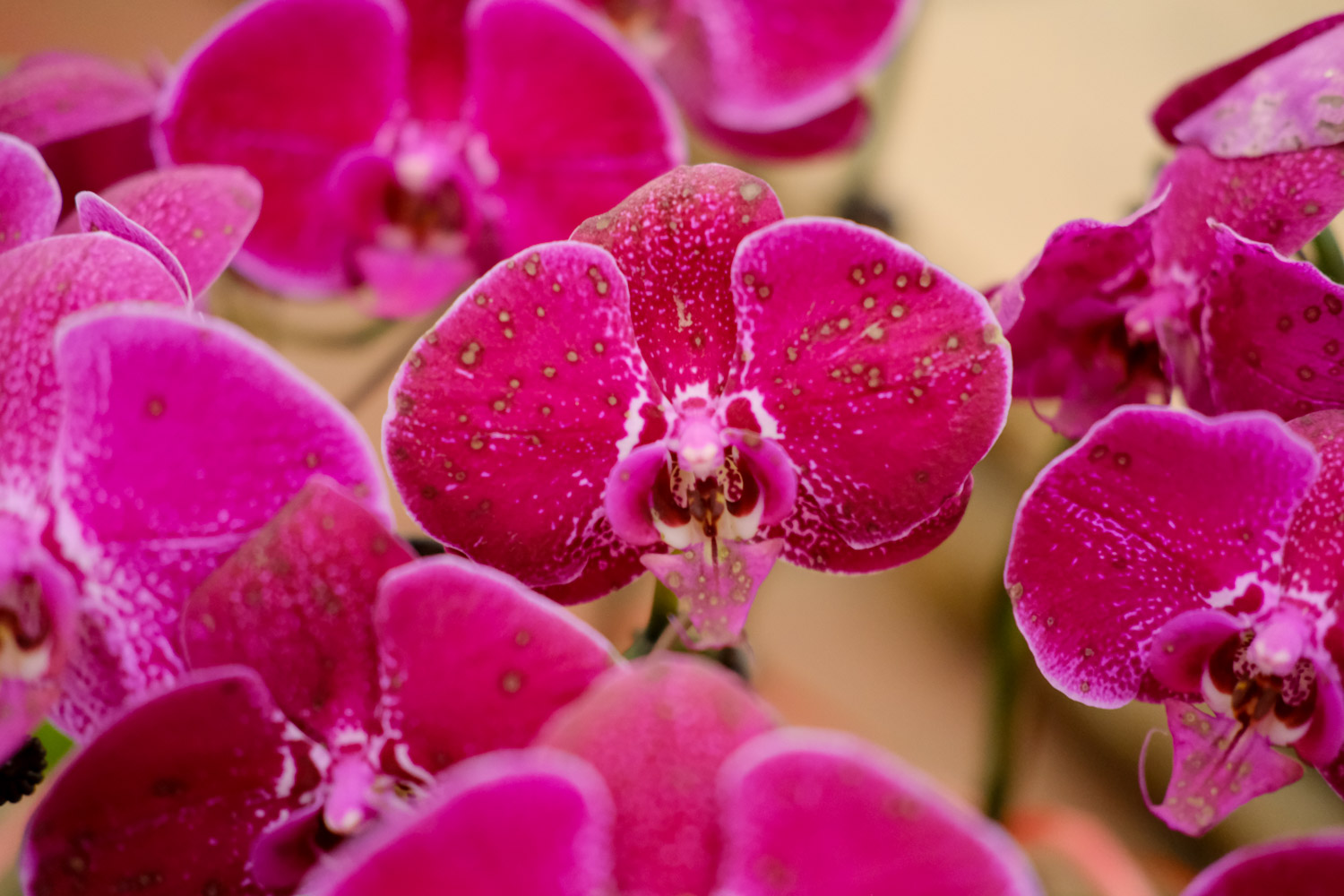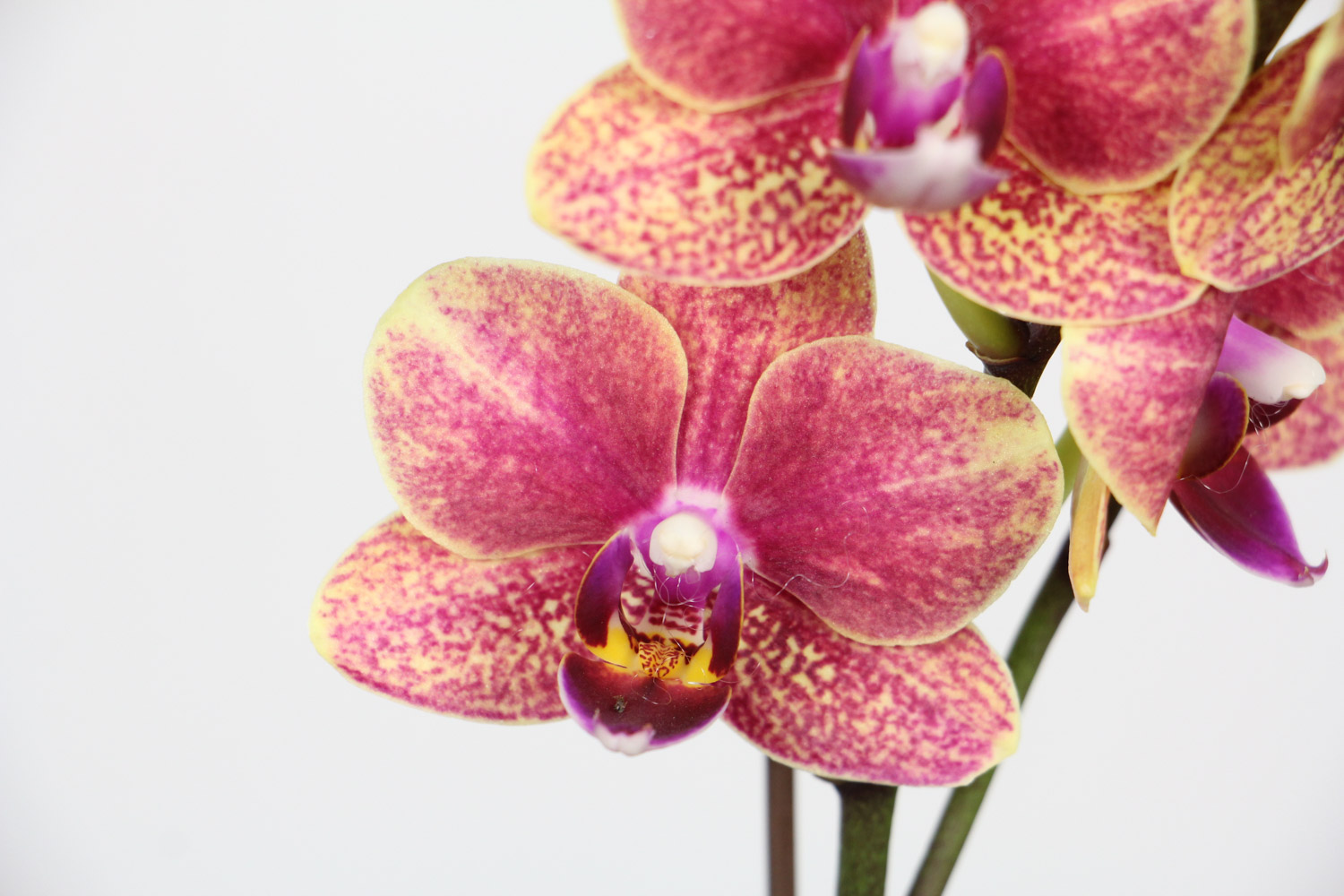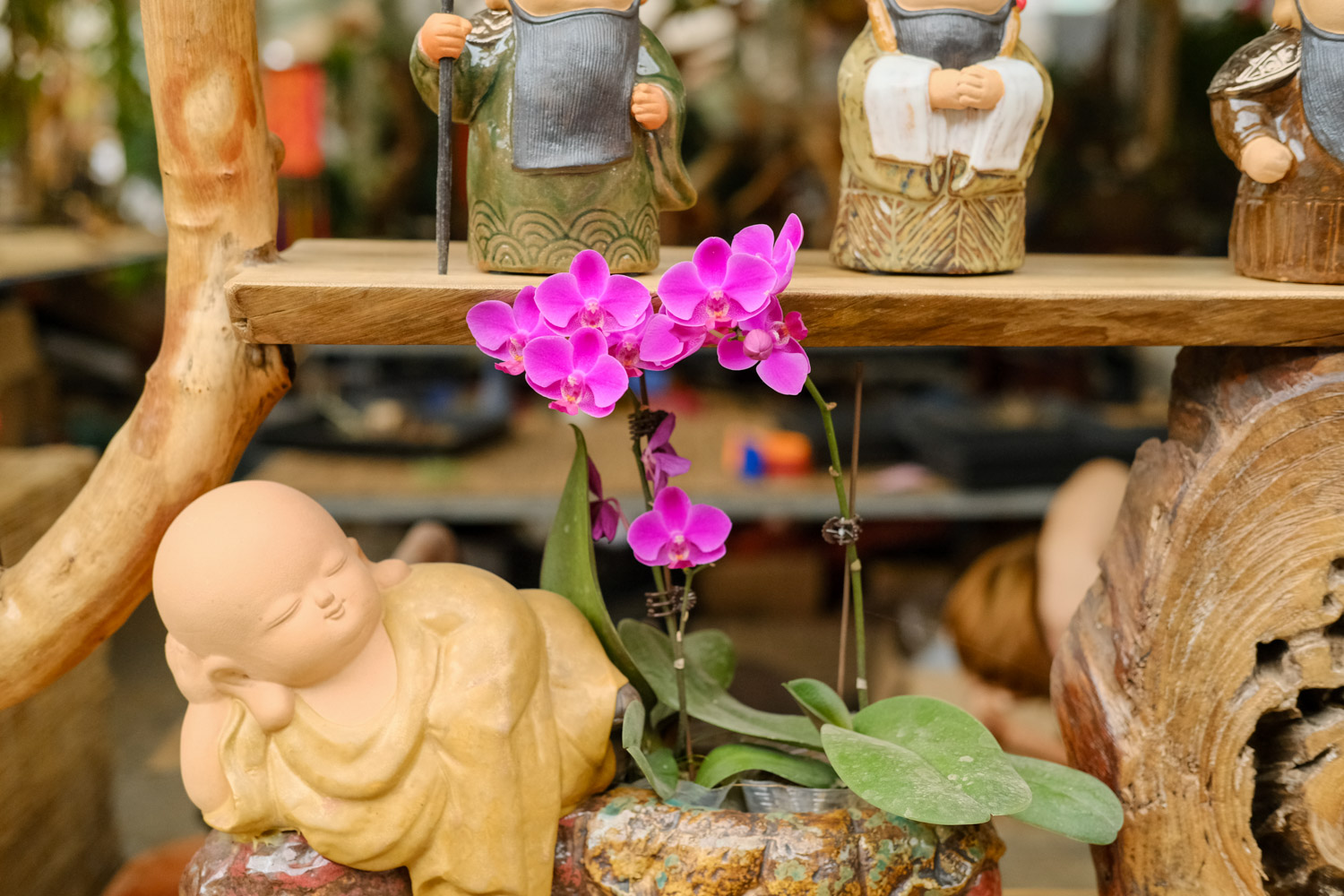1、 Illumination
Phalaenopsis has a low demand for light, especially in the flowering period of Phalaenopsis, the plant can be placed in a room with bright indoor astigmatism. Weak light can also prolong the flowering period of Phalaenopsis. After the plant flowers bloom and fail, it can be exposed to direct light for 2-3 hours every day
2、 Temperature
The most suitable growth temperature for Phalaenopsis is 25-35 ℃. Once the temperature at night is lower than 10 ℃, the flower stems and leaves of Phalaenopsis will become soft, and brown frozen spots will appear on the leaves. Therefore, the maintenance temperature must be above 10 ℃ in winter

3、 Watering
Phalaenopsis is mostly cultivated with water moss. At ordinary times, you can insert your hand into the water moss and feel that the water moss is dry. Through a transparent plastic basin, observe that the root system of Phalaenopsis turns white. When only the root tip is wet, you can water Phalaenopsis in a basin
4、 Humidity
Phalaenopsis likes humidity. It's best to maintain a high air humidity at ordinary times. If possible, you can put a humidifier next to the plant. If there is no humidifier, you can often spray water around the plant to humidify. Be careful not to spray water on the flowers and leaves of the plant

5、 Fertilization
Phalaenopsis is generally planted with water moss and bark. Fertilizer and water should also be applied during the growth period of the plant, but thin fertilizer should be used, such as the special nutrient solution for orchids. Do not apply immature organic fertilizer
6、 Diseases and insect pests
Phalaenopsis is prone to soft rot, brown spot, scale insects, red spider and other hazards during cultivation. Carbendazim and flower protection god can be sprayed regularly for control


 how many times do yo...
how many times do yo... how many planted tre...
how many planted tre... how many pine trees ...
how many pine trees ... how many pecan trees...
how many pecan trees... how many plants comp...
how many plants comp... how many plants can ...
how many plants can ... how many plants and ...
how many plants and ... how many pepper plan...
how many pepper plan...



























